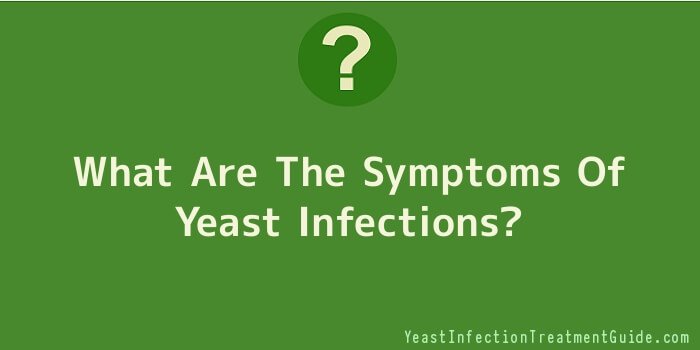
The symptoms of yeast infection can make you feel totally miserable. Depending on where on the body the infection is located, symptoms can range from mild to severe. Eating a healthy diet will keep your immune system stronger which will help you to avoid these infections. However, there are things which break down the immune system and make you susceptible to more persistent and longer bouts with the condition.
Listed below are different types of yeast infections and the symptoms associated with each type:
1. Skin yeast infections include a well-defined patch of rash that will possibly have some white spots in it. There may be a clear, odourless discharge as well as irritation, redness, and inflammation.
2. Vaginal yeast infections include redness, swelling, irritation, a burning sensation, and a thick discharge that looks like cottage cheese and smells like beer or yeast. They can also cause very painful intercourse.
3. Yeast infections of the penis exhibit similar symptoms to that of the vagina. They will involve redness, irritation, and white spots on the end of the penis as well as pain following intercourse.
4. Diaper rash is also nothing but a case of yeast infection. The symptoms of this type of rash can include any or all of the following: a really red rash, pain, itching, white patches, and pimples. The rash can appear anywhere where the diaper makes contact with the skin.
5. Thrush is another type of yeast infection that develops in the throat or mouth. This can be an extremely painful condition which occurs in both babies and adults. There may be redness, swelling, and white patches.
6. Nail yeast infection occurs in children who suck their thumbs as well as adults who have their hands or feet in water a lot of the time. Symptoms of this infection are pain and redness at the nail base as well as pus coming from the side of the nail. Without treatment the nail can get much thicker and become very brittle.
If you have never experienced yeast infection before, be sure to see your doctor to get a diagnosis. Many of the common symptoms are also symptoms of much more serious conditions which need to be ruled out before treatment is started.
You also need to note that yeast infections which affect the genital regions of both men and women can be passed back and forth between partners during intercourse. Sometimes there will be no symptoms, and you can unknowingly pass it to your sexual partner.
If this happens, it’s important for both partners to seek treatment. Left untreated, the condition can worsen, or the partners can continue passing it back and forth to each other until treatment is finally received.
Always keep the infected areas clean and dry, and don’t scratch when it itches, because you can spread it to other parts of the body that way. If you maintain a healthy lifestyle once the yeast infection is gone, it will probably stay gone for good.
